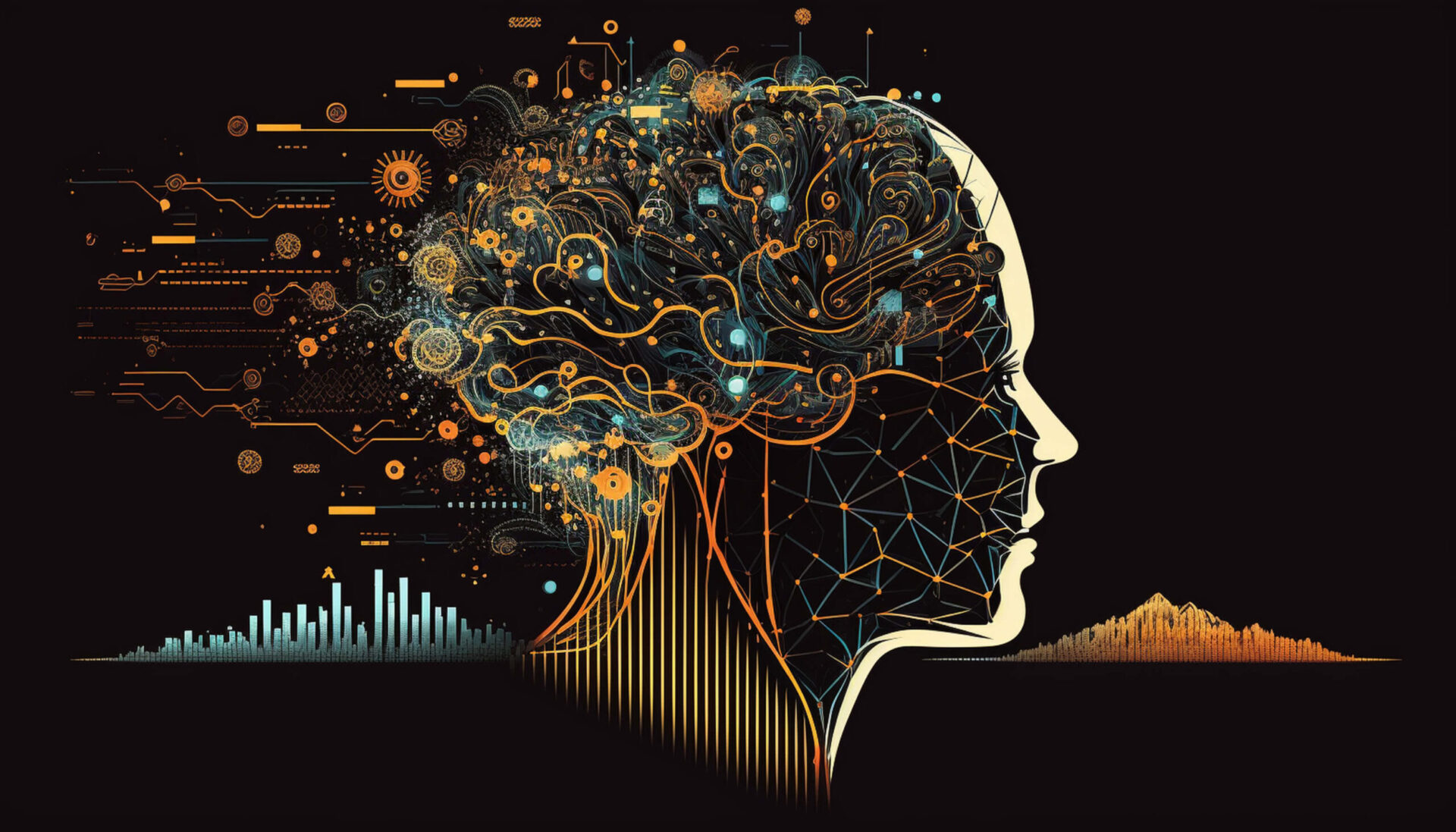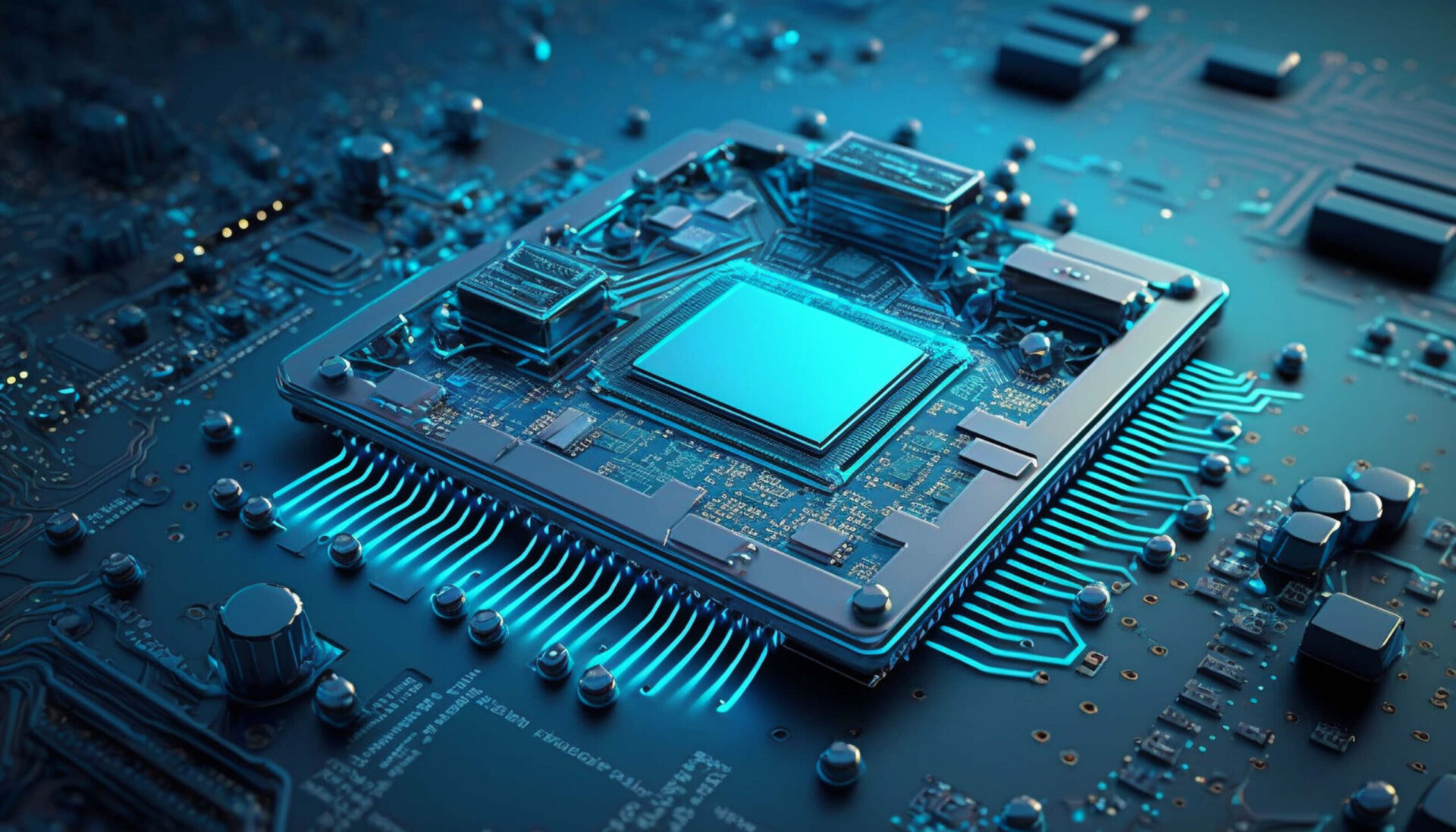Artificial Intelligence (AI) and Machine Learning (ML) have rapidly evolved over the years, transforming from theoretical concepts into practical tools that have revolutionized various industries. In this article, we will explore the historical background, theoretical foundations, practical applications, challenges, recent developments, future prospects, and the overall journey of AI and ML from theory to practice.
Introduction
AI refers to the simulation of human intelligence in machines, allowing them to perform tasks that typically require human intelligence. ML, on the other hand, is a subset of AI that focuses on enabling machines to learn from data and improve their performance without being explicitly programmed. These technologies have become indispensable in today's world, powering innovations and driving advancements across various sectors.
Historical Background
The origins of AI can be traced back to the 1950s when pioneers like Alan Turing and John McCarthy laid the foundation for the field. However, the early days of AI were characterized by high expectations and limited computational power, which led to the "AI winter" during the 1970s and 1980s. Despite these setbacks, researchers continued to explore and refine AI techniques.
It was during the same period that machine learning gained prominence. ML focuses on developing algorithms and models that can learn patterns from data and make predictions or decisions. The advent of ML algorithms such as decision trees and neural networks paved the way for practical applications of AI.
Theoretical Foundations
AI and ML are built upon a range of theoretical foundations. In AI, key concepts include natural language processing, computer vision, expert systems, and knowledge representation. ML, on the other hand, encompasses various algorithms such as supervised learning, unsupervised learning, and reinforcement learning. These foundations provide the basis for developing intelligent systems and enabling machines to learn from experience.
Practical Applications
The practical applications of AI and ML are vast and diverse. In healthcare, AI and ML are revolutionizing diagnostics, drug discovery, and personalized medicine. These technologies can analyze vast amounts of medical data, detect patterns, and assist in making accurate diagnoses.
In finance, AI and ML algorithms are utilized for fraud detection, algorithmic trading, and risk assessment. These tools can process large financial datasets, identify anomalies, and make predictions, enabling better decision-making in the financial industry.
Transportation is another sector where AI and ML have made significant contributions. From self-driving cars to optimizing traffic flow, these technologies are transforming the way we commute and transport goods, making transportation safer, more efficient, and sustainable.
Furthermore, AI and ML have become crucial in marketing, helping businesses analyze consumer behavior, personalize advertisements, and enhance customer experience. By analyzing vast amounts of data, AI-powered systems can provide valuable insights and predictions, enabling targeted marketing strategies.
Challenges and Limitations
While AI and ML offer tremendous potential, they also present challenges and limitations. Ethical considerations arise when AI systems make decisions that can impact individuals or society. Bias and fairness issues can arise when algorithms learn from biased data or reflect societal biases. Efforts are being made to develop AI and ML systems that are transparent, explainable, and fair to ensure the ethical use of these technologies.
Moreover, the lack of interpretability in certain ML models poses challenges. Deep learning algorithms, for instance, are often considered "black boxes" as they make complex decisions without providing clear explanations. Addressing this challenge is crucial for building trust in AI and ML systems.
Recent Developments
Recent years have witnessed remarkable developments in AI and ML. Deep learning, a subfield of ML, has gained significant attention and achieved groundbreaking results in areas such as image recognition, natural language processing, and autonomous driving. Deep neural networks, inspired by the structure of the human brain, have enabled machines to learn hierarchical representations and perform complex tasks.
Reinforcement learning, another area of AI, focuses on training agents to make sequential decisions through interactions with an environment. This approach has been successful in applications such as game playing, robotics, and optimization.
Natural language processing has also seen tremendous advancements, enabling machines to understand and generate human language. Chatbots, language translation systems, and voice assistants are some of the practical applications of this technology.
Future Prospects
The future prospects of AI and ML are exciting. In robotics, AI and ML are enabling the development of intelligent machines that can perform complex tasks, interact with humans, and adapt to different environments. These advancements have the potential to revolutionize industries such as manufacturing, healthcare, and agriculture.
Autonomous vehicles are another area where AI and ML are making significant strides. Self-driving cars are becoming a reality, with AI-powered systems enabling vehicles to perceive their surroundings, make real-time decisions, and navigate safely.
In personalized medicine, AI and ML hold the promise of tailoring treatments based on individual characteristics, improving patient outcomes, and accelerating drug discovery processes. These technologies can analyze genomics data, identify biomarkers, and provide personalized recommendations.
Conclusion
The evolution of AI and ML from theory to practice has transformed industries and opened up new possibilities. From healthcare to finance, transportation to marketing, these technologies are revolutionizing the way we live and work. However, challenges such as ethics, bias, and interpretability must be addressed to ensure responsible and beneficial use of AI and ML. As we look ahead, the future prospects of AI and ML are filled with promise, with potential applications in robotics, autonomous vehicles, and personalized medicine set to reshape our world.
FAQs
1. What is the difference between AI and ML?
AI is a broader field that encompasses the simulation of human intelligence in machines, while ML is a subset of AI that focuses on enabling machines to learn from data and improve their performance without explicit programming.
2. Are AI and ML the same as automation?
No, AI and ML involve the use of intelligent systems that can learn and make decisions, while automation refers to the use of machines to perform tasks without human intervention.
3. Can AI and ML replace human workers?
AI and ML have the potential to automate certain tasks and augment human capabilities, but they are unlikely to completely replace human workers. These technologies are more effective when used in collaboration with humans.
4. Is AI and ML only relevant to tech companies?
No, AI and ML have applications across various industries, including healthcare, finance, transportation, marketing, and more. These technologies can bring benefits and advancements to multiple sectors.
5. How can AI and ML benefit society?
AI and ML can benefit society in numerous ways. They can improve healthcare outcomes, enhance efficiency in industries, optimize resource allocation, enable personalized experiences, and contribute to scientific advancements, among many other potential benefits.







